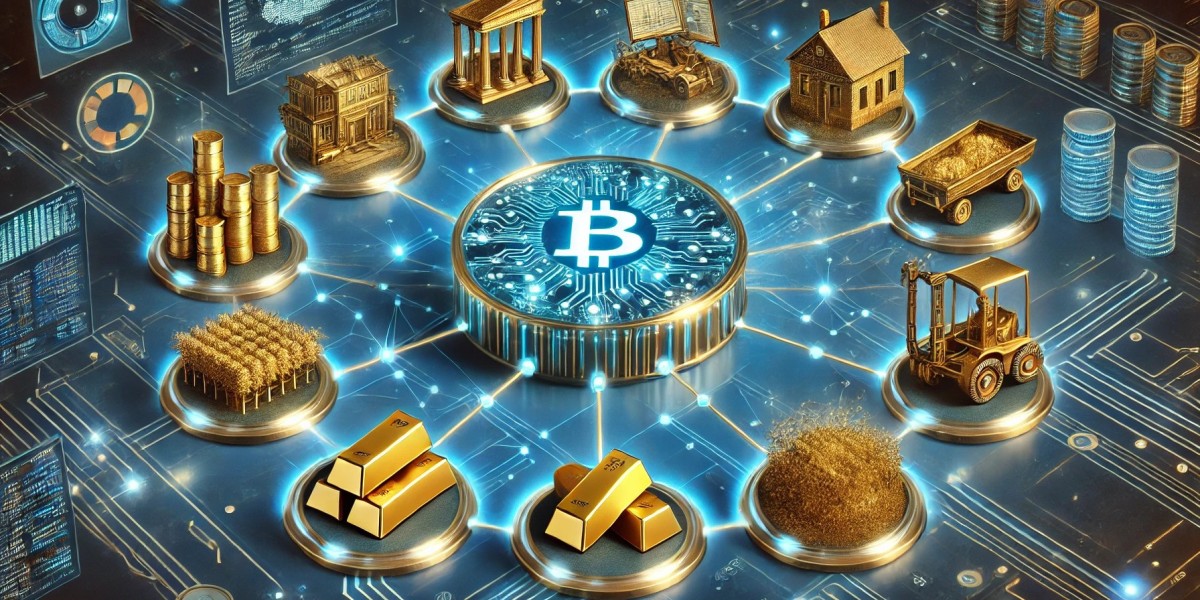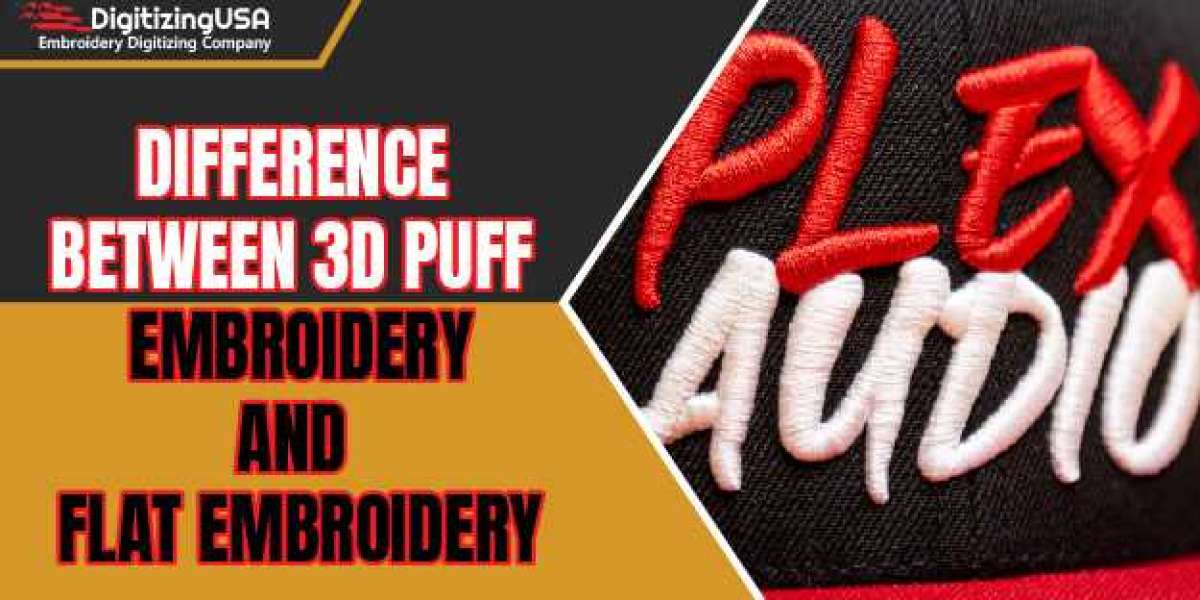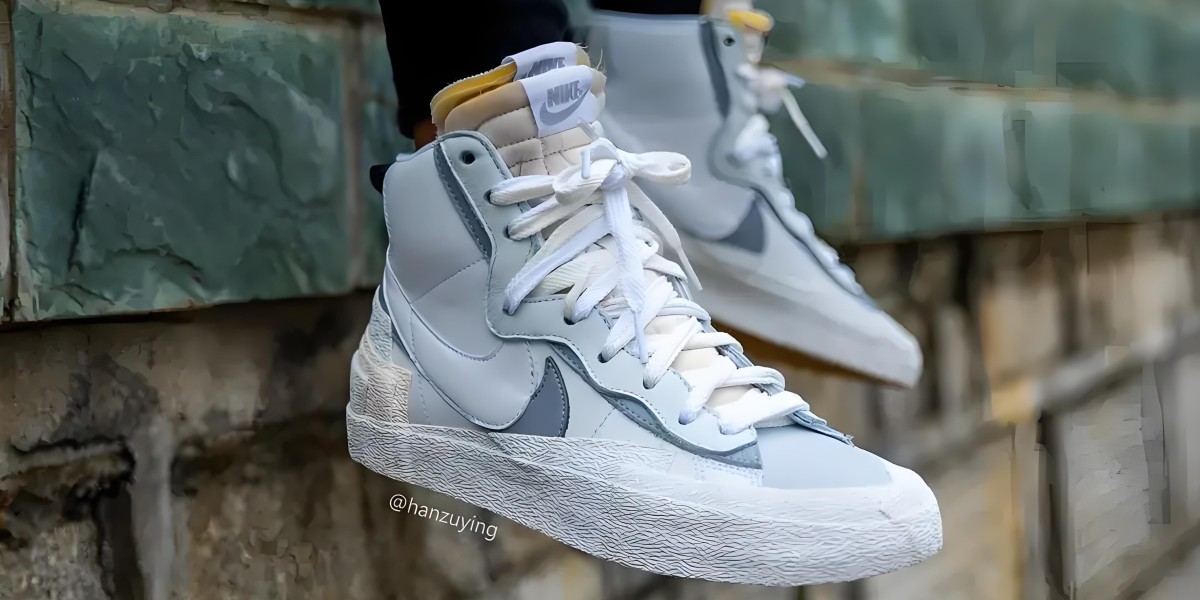The tokenization of real world assets (RWAs) is revolutionizing the way we invest in and trade tangible assets like real estate, commodities, art, and even intellectual property. By leveraging blockchain technology, tokenization converts these physical assets into digital tokens, allowing fractional ownership and enhancing liquidity.
How Tokenization Works
Tokenization involves representing an asset as a digital token on a blockchain. Each token holds a specific value and represents ownership or a stake in the asset. Smart contracts ensure transparency and security, reducing the need for intermediaries.
Key Benefits of Tokenization
Increased Liquidity: Traditionally illiquid assets, such as real estate, become more accessible for trading.
Fractional Ownership: Investors can buy small portions of high-value assets, lowering entry barriers.
Enhanced Transparency: Blockchain ensures immutable records of ownership and transactions.
Global Access: Tokenized assets open investment opportunities to a global audience.
Future of Asset Tokenization
Tokenization is set to redefine asset ownership, making investment more inclusive and efficient. As regulatory frameworks evolve, its adoption is expected to grow across industries.



